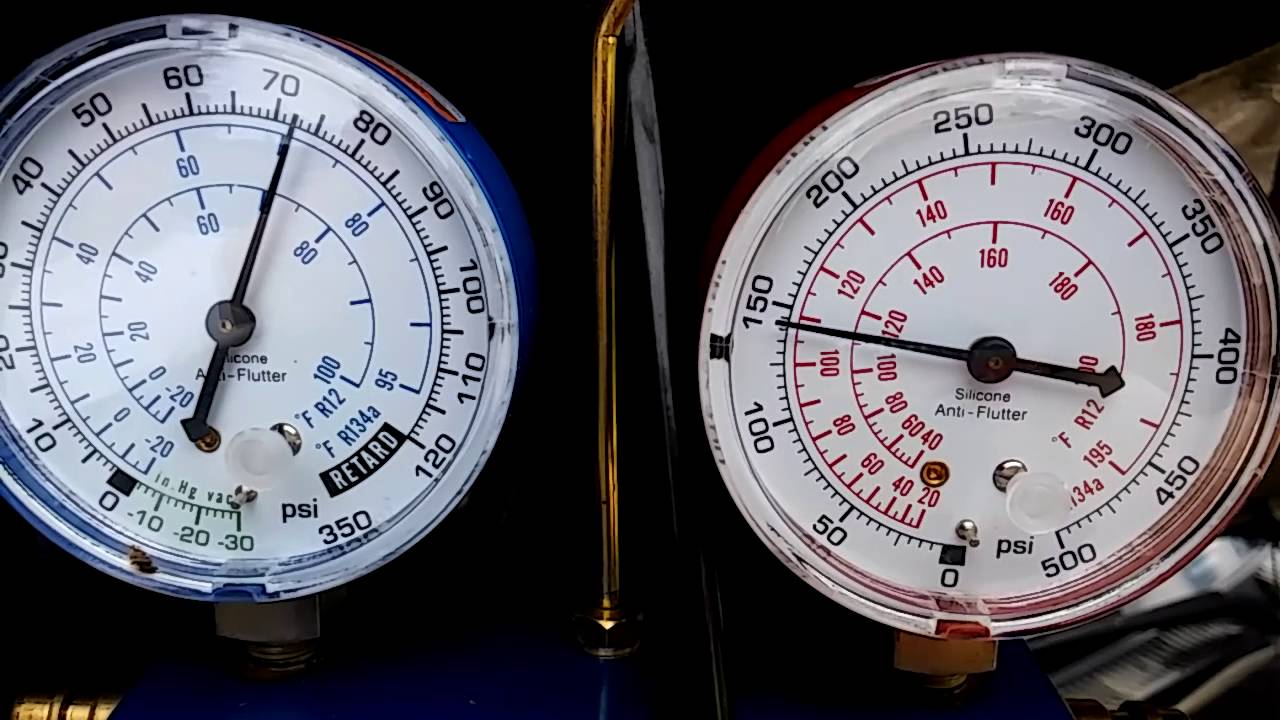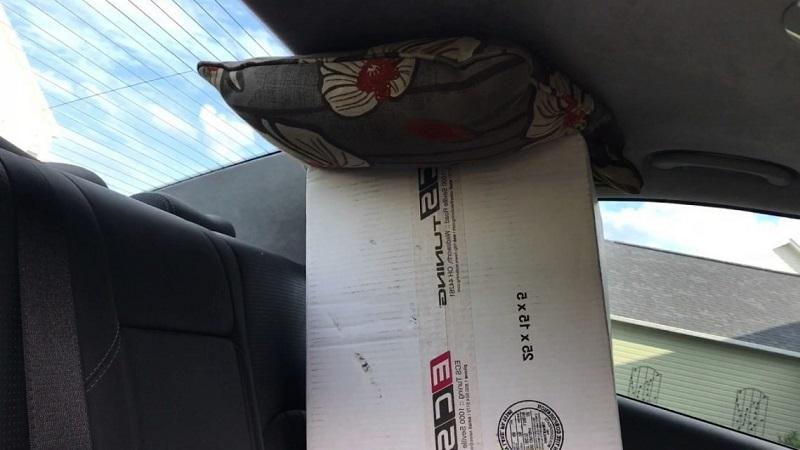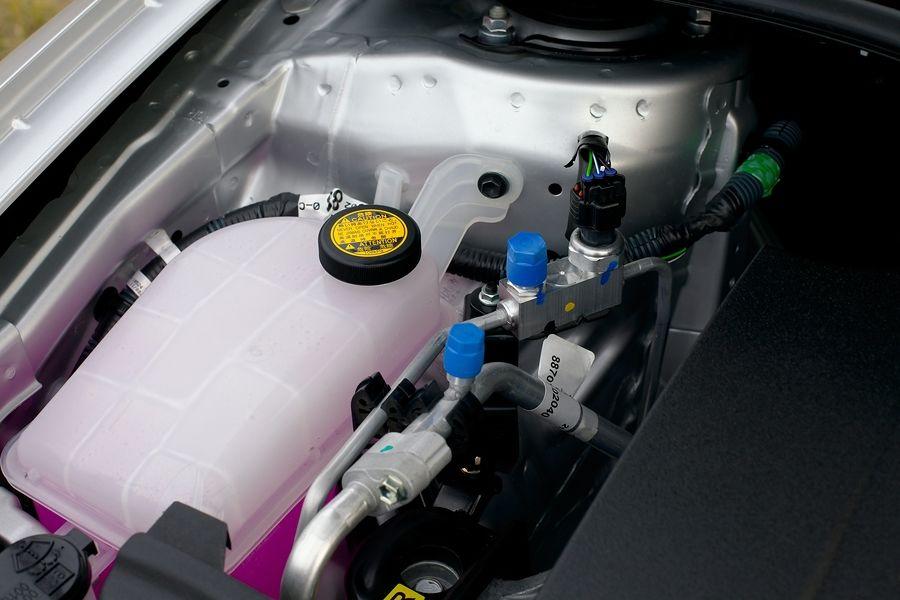How to Find and Fix Car Engine Vibrations Problems
Having engine vibration problems? It’s as usual rule that vehicles should run smoothly on a plain street, at any specific speed. However, when you’ve purchased a vehicle long enough, chances are great that your automobile has produced certain vibration problems. It’s one of those irritating vehicle issues that are likely to begin quietly and slowly, and are subtle enough for you to miss observing them, or even neglect them.
If the car’s engine isn’t receiving sufficient fresh air, energy, or spark that is necessary for it to operate smoothly, you’ll possibly notice that the vibration is caused by the engine area. This problem manifests from jerks and shaking once your car raises in speed, or rumbles within a certain speed range. Below you will find the best ways to find and fix engine vibration problems within 45 minutes and how to reduce car engine vibration? Let’s start:
5 Things Will Change The Way You Approach Car Engine Vibration:
The Misfiring Plug
When an engine is misfiring it will vibrate as the balance of the engine has been disrupted. Check your misfiring plug and see “Is there anything wrong?” In several vehicles a regular reason for engine vibration is worn-out or faulty spark plugs. Worn-out or dull spark plugs can occurs not efficiently fire on every cylinder.
Engine Mount
Vibration or shaking of engines can be caused by failing of Engine mount. When the engine mount fails, the vehicle’s frame contact with the engine and the engine starts vibrating! To fix this issue, you need to replace your engine mount.
Serpentine Belt Tensioner

Most of the time, serpentine belt tensioner causes engine vibration. When the serpentine belt tensioner fails, the belt loses grips. Serpentine belt tensioner can bounce which causes engine vibration problems. You need to add a new serpentine be
lt tensioner to get rid of. Issues with the belt operated stuff or the belt itself, are another typical reason for engine vibrations in automobiles. Timing belts as well as other belts which are loose or cracked can cause parts managed by belts like fans as well as other components to not move or transform a regular rates of speed which can lead to vibration from the car’s engine.
To prevent these kinds of issues, it is best to regularly check all of them (belts) car to ensure that the all the belts are free of cracks and ribbing as well as ensure that they are tight and working like they should.
Flex Plate
 Flex plates perform an important function in automobiles built with an automated transmission. A flex plate contains a steel, circular disk with perforated holes as well as, based on the product, teeth on the outside circle which engage the starter. A flex plate bolts straight to the crankshaft flange, and hooks up to the torque converter with big mounting bolts. Having issues in Flex Plate of your vehicle can cause vibration. You need to dismantle your engine parts and take a look at the flex plate. If you didn’t replaced your flex plate for a long time, it’s time to replace! And if you get issues having a new flex plate, contact experts to identify the main problem which causing the vibration.
Flex plates perform an important function in automobiles built with an automated transmission. A flex plate contains a steel, circular disk with perforated holes as well as, based on the product, teeth on the outside circle which engage the starter. A flex plate bolts straight to the crankshaft flange, and hooks up to the torque converter with big mounting bolts. Having issues in Flex Plate of your vehicle can cause vibration. You need to dismantle your engine parts and take a look at the flex plate. If you didn’t replaced your flex plate for a long time, it’s time to replace! And if you get issues having a new flex plate, contact experts to identify the main problem which causing the vibration.
Harmonic Balancer
Check the harmonic balancer. If you see the “rubber insulator” is missing, be sure that “harmonic balancer” causing the vibration problems. Because when the harmonic balancer fails, the engine starts vibrating. You need to check your harmonic balancer and front crankshaft seal. Clean them up, apply grease and you’re done!
As vibrations are little different compared to other vehicle relevant noises, it is usually hard to identify the source of the generating point. This problem can travel away from the exact cause or appear in a totally different spot, this transference of vibrations noise is known as telescoping.














